Anticaking agents are functional ingredients that prevent lumping and caking of foods in granular and powdered form.
What Do Anticaking Agents Do?
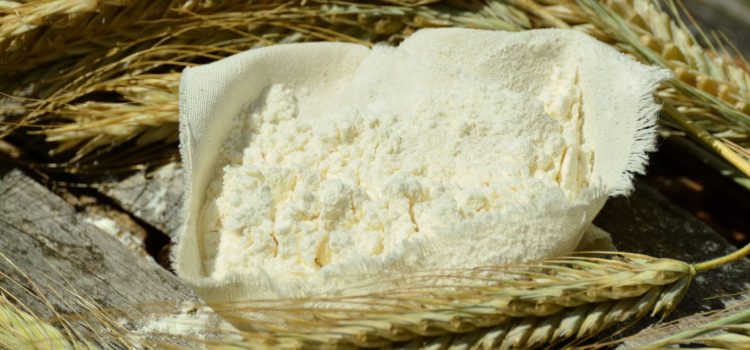

Anticaking agents are functional ingredients that prevent lumping and caking of foods in granular and powdered form.
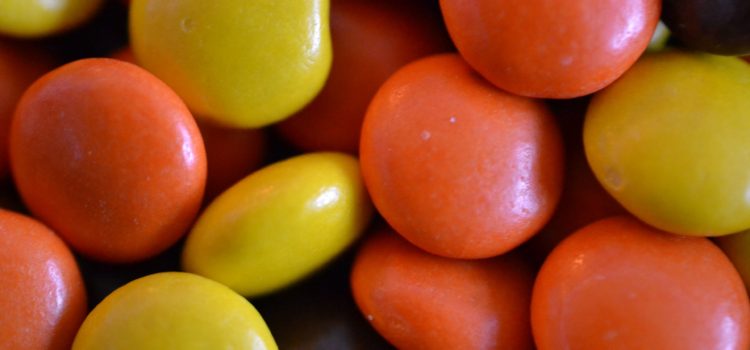
Sunset yellow is a very common food color in many food products such as candies, beverages, and snacks.
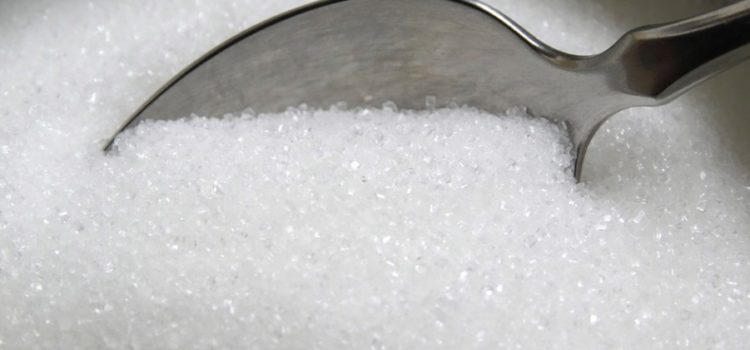
Aside from adding sweetness, sugar has other roles in food as well. In this blog post, we will discuss them briefly.

In this post, we’ll talk about emulsifiers in food—what they are, how they work, and some of their applications.
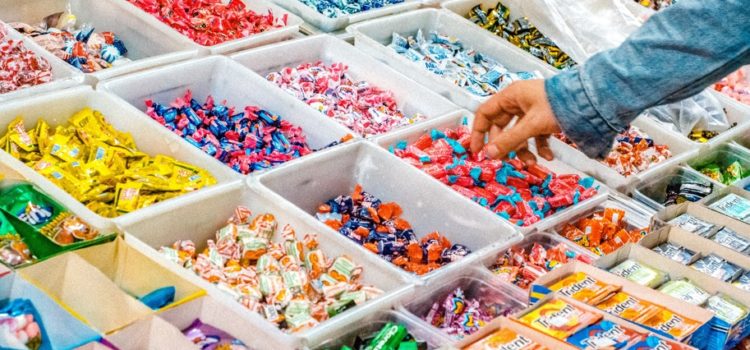
If you are used to reading labels off a chewing gum wrapper, you have probably once read the words “mannitol”, “glycerol”, or “sorbitol” in the ingredient list. These ingredients are sugar substitutes in foods that also work as humectants. Chewing
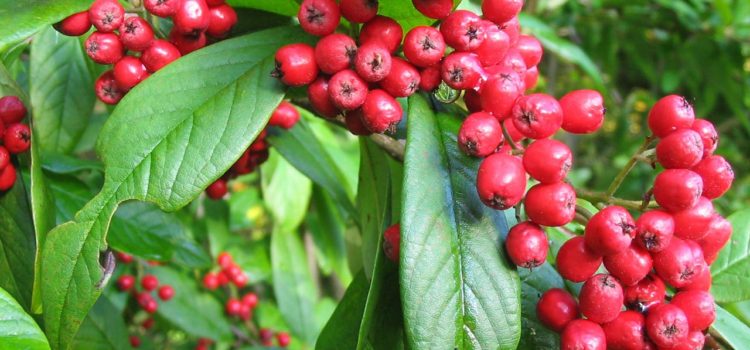
Sorbic acid as a preservative, (and its salts, sodium sorbate, potassium sorbate, and calcium sorbate) is one of the most commonly used in foods. Some of its applications include wines, cheeses, fruit juices, meat and fish products. Sorbic acid also has its
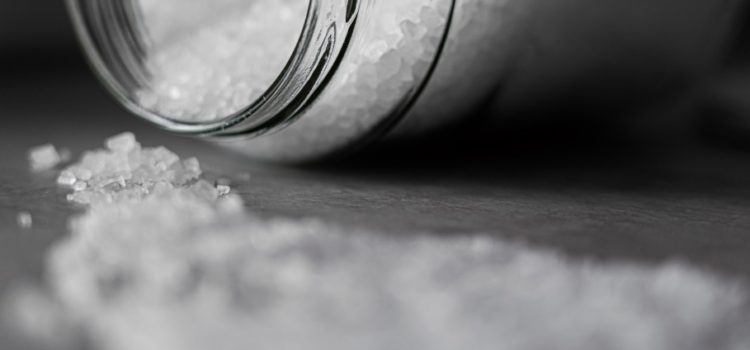
Years of research has led us to better understanding on how salt works in food. We no longer add salt merely as a flavor enhancer and antimicrobial agent. Here are the 5 main functions of salt in food.
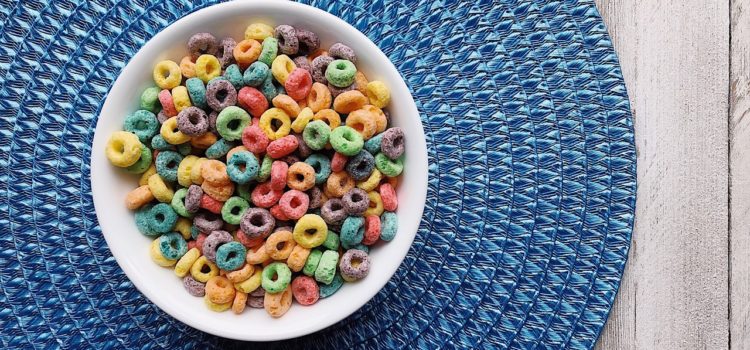
Fortified and enriched both mean nutrients were added in food. But there is a slight difference between these two. Here it is.
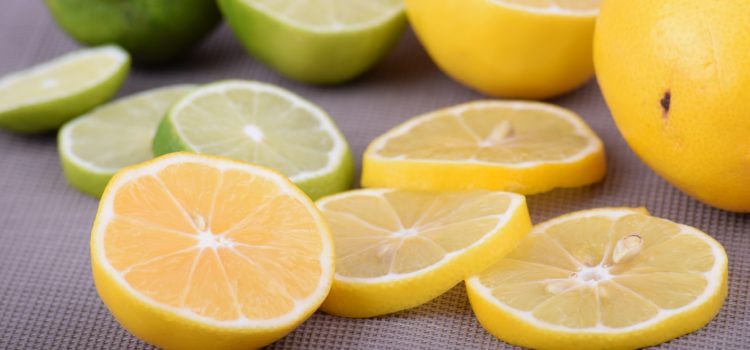
Citric acid is one of the most important additives in food manufacturing because of its wide range of applications.
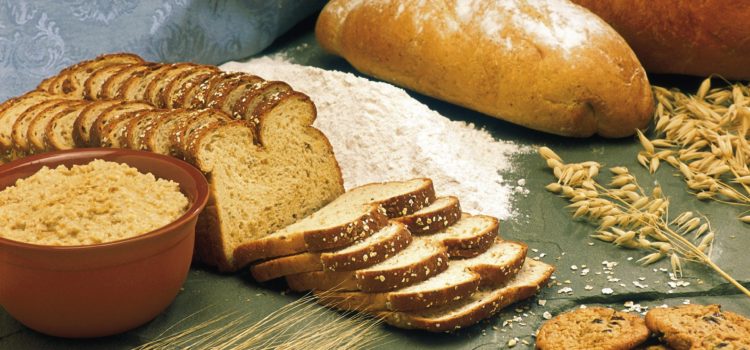
Potassium bromate (E924) peaked in popularity in the 20th century for it improves the overall quality of baked products. It was until the 90’s when countries started banning the use of it in food products. Why is it banned? And